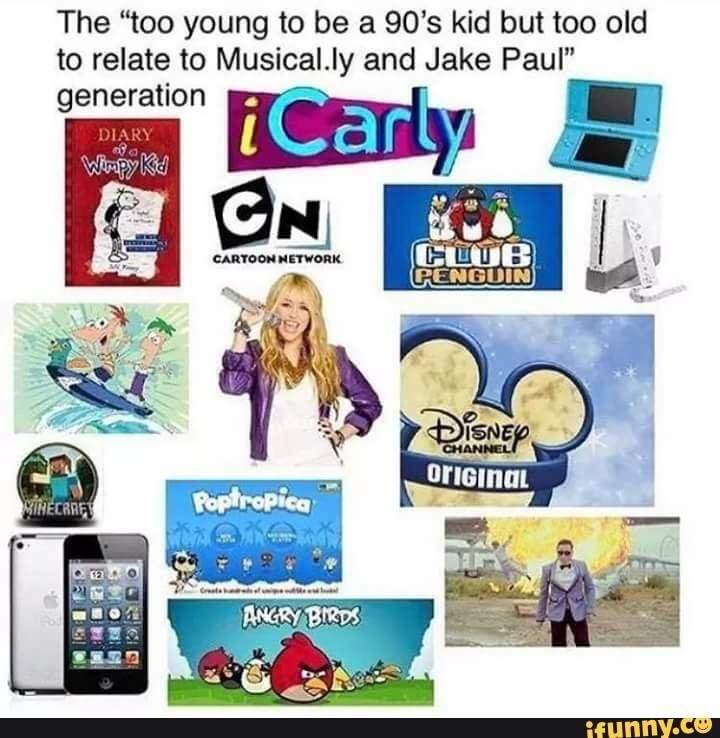

269–275.ĭavis, R (1977) ‘Nostalgia, Identity and the Cunent Nostalgia Wave’. (2010) ‘Nostalgia and its Disciplines: A Réponse’. Konstanz: UVK Verlagsgeseüschaft mbH.ĭames, N. Paris: Autrement Editions.Ĭrivellari, R, Kirchmann, K., Sandl, M.


Quand est-on chez soi? Ulysee, Enée, Arendt. Éléments pour la compréhension des rapports entre nouvelles technologies, communautés et mémoire’. (2001) ‘Mémoire collective et existence poétique en réseaux. (2010) ‘Y-a-t-il une expérience directe de l’histoire? La chute du mur de Berlin et le 11 Septembre’. New York: Oxford University Press.Ĭandau, J. (ed.) (2011) The Oxford Handbook of Philosophy of Time. Vingtième siècle, revue d’histoire, 117, pp. (2013) ‘Les crises financières comme conflit de temporalités’. Le collège iconique de l’INA, (accessed 6 March 2013).īoyer, R. (1989) ‘Das hölzerne Pferd’, in ARS electronica (ed.) Philosophien der neuen Technologie. Journal of the Royal Anthropological Institute, 18, pp. (2012) ‘Multiple Nostalgias: The Fabric of Heritage in Luang Prabang (Lao PDR)’. (2011) After the Media - Culture and Identity in the 21st Century. Critical Studies in Mass Communication, 15(13), pp.
#2010 NOSTALGIA TV#
(1998) ‘Young Citizens, American TV Newscasts and the Collective Memory’. European Journal of Cultural Studies, 4, pp. (2001) ‘Consuming History and Memory through Mass Media Products’. Cambridge: Harvard University Press.īaer, A. (2010) ‘Nostalgia and the Shapes of History’. Formen und Wandlungen des kulturellen Gedächtnisses. Bruxelles: Éditions De Boeck Université, Institut National de l’Audiovisuel.Īssmann, A. (2003) Le temps des événements médiatiques. Basingstoke: Palgrave Macmillan.Īrquembourg, J. (2013) Mediating Memory in the Museum - Trauma, Empathy Nostalgia. Journal of Personality and Social Psychology, 91(5), pp. (2006) ‘Nostalgia: Content, Triggers, Functions’. This process is experimental and the keywords may be updated as the learning algorithm improves.Īrndt, J., Routledge, C, Sedikides, C. These keywords were added by machine and not by the authors. Skeuomorphs invade our mobile phones using old-fashioned objects to represent new ones, even when the old objects are no longer necessary or relevant. Indeed, part of the web could be seen as a huge attic or bric-a-brac market where individual and collective nostalgias converge and spread. Not to mention editing digital photographs on mobile phones to resemble Polaroids retro design has become digitised.
#2010 NOSTALGIA SERIES#
On social media sites like Facebook, groups and forums with titles like ‘nostalgia’, ‘vintage’ or ‘retronaut’ have emerged, videos and pictures with nostalgic statements are posted and the vintage fashion collection of the television series Mad Men (AMC, 2007-) is celebrated. But who would have thought, given the 1990s’ imagining of a future filled with technology, that the beginning of the new century would in fact be marked by an increase in expressions of nostalgia, and in nostalgic objects, media content and styles? This volume goes back to a simple observation of the current nostalgia boom, which is infiltrating various aspects of our lives. There has always been a fascination for the, as we often call them, ‘good old times’. This private or public return to the past, and sometimes to an interlinking imagination of the future, is, of course, not new. ‘Nostalgia’ is the name we commonly give to a bittersweet longing for former times and spaces.


 0 kommentar(er)
0 kommentar(er)
